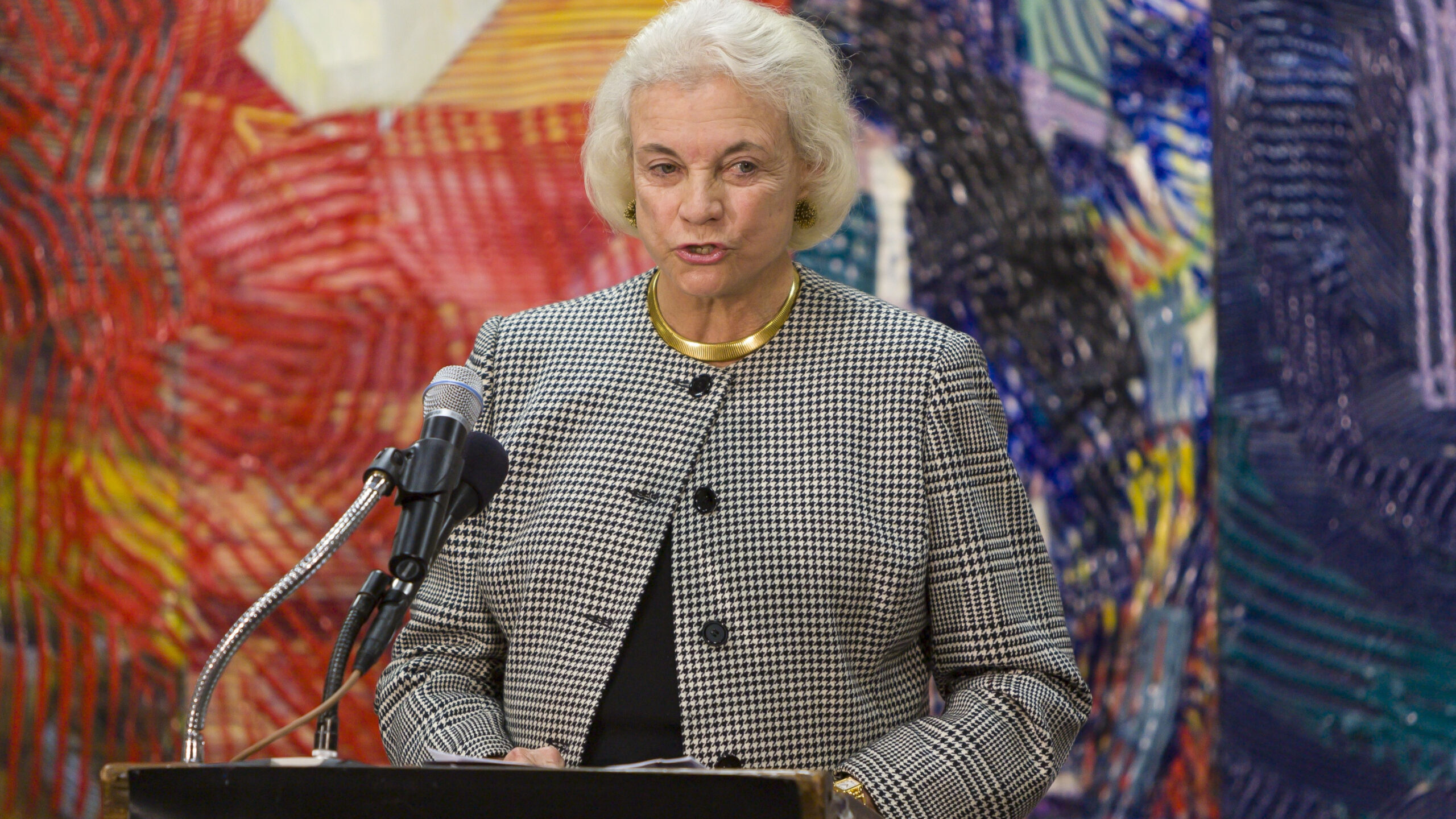Commerce Dep’t Copyright Green Paper: Carrots vs. Sticks
The Commerce Department released a long-awaited green paper today, arising from a 2010 “Internet Policy Task Force” initiative, titled “Copyright Policy, Creativity, and Innovation in the Digital Economy”. The paper weighs in at an impressive 112 pages, which the copyright bar will no doubt digest over some time. It reflects an extensive discussion of various current copyright subjects, providing a useful study of the vast complexity of current copyright law and practice, reaching from the controversy over cell phone unlocking to digital first sale. After an initial review, I am impressed that the importance of balanced copyright is identified throughout the paper; the Administration adds to the growing consensus around balanced copyright policy, and discusses both the importance of protection and reasonable limitations.
(An aside: I couldn’t help but notice the paper gets off on the wrong foot by suggesting that copyright was a response to the invention of the printing press. This fosters the myth that early copyright was actually rooted in author’s rights. It wasn’t. William Caxton set the first English press up in Westminster in 1476. The Statute of Anne wasn’t enacted until 1709 or 1710, however. (Depends on how you count. It’s complicated.) So, did it take over two centuries for the law to respond to technological change? And people claim Congress can’t get things done? In reality, something entirely different was going on. As Prof. Ray Patterson pointed out long ago in his authoritative 1968 book, Copyright in Historical Perspective, early copyright had less to do with our modern intentions — promoting authorial creativity — and more to do with censoring seditious and heretical texts in England and abroad. On this point, Patry’s ‘94 Copyright Law treatise points to the English governor of Virginia, saying in 1671: “I thank God there are no free schools nor printing, and I hope we shall not have these hundred years; for learning has brought disobedience, and heresy, and sects into the world, and printing has divulged them, and libels against the best government.” The response to the press was not copyright; it was censorship and regulation. Modern copyright is the nobler outgrowth of this dubious ancestry.)
But back to our scheduled programming: historical objections aside, the report’s descriptive components are worthy reading, sourced with the intensity generally reserved for footnote-fetishizing legal academia. The study’s policy recommendations on online infringement, however, do not all reflect the same insight.
The paper wisely declines to upset the recent Kirtsaeng decision on first sale, and supports a targeted action on the issue of cell phone unlocking, but comes up short with respect to online issues. The paper flags numerous challenges, including licensing gridlock, orphan works, and poor registry information, which prevent new online services from coming to market, and yet proposes little in the way of government solutions to these issues. In regards to enforcement issues, on the other hand, where best practices and voluntary initiatives are already underway, where elaborate compliance processes have been built (such as DMCA compliance) and where stakeholders are in active negotiations, the report recommends further government work.
On this issue, the take seems to validate a stale misconception that I recently criticized: that copyright policy pits technology and content stakeholders interests against one another. While this sentiment may have prevailed in 2010, when the administration sought and received input (e.g., here) for this report, the marketplace has largely superseded this now-dated, zero-sum view of the world.
Recent research [1],[2] has reaffirmed that the best defense against piracy is a good offense in the marketplace. Focusing on “defense”, while offering no solutions to the opacity and gridlock that inhibits the marketplace from going “on the offense” is the wrong approach. Looking to the private sector to address gridlock and imbalances that are intractable for all but the most sophisticated market players, while intervening where market actors are already collaborating on solutions is an all stick, no carrot approach. The enforcement ‘stick’ is a necessary part of the equation, but it is a fruitless gesture unless consumers are presented with lawful options for accessing digital content: ‘carrots.’ The recent Spotify and Netflix findings (1 & 2 above) show that consumers go for the carrot when it is there.
The paper offers recommendations on a variety of proposals not discussed here – for example, a performance right for broadcasted sound recordings. That is a subject for another blog (or ten). When it comes to the question of infringement online, policy proposals should focus on sweeping away the gridlock, paralysis, and opacity that inhibit bringing competitive new services to market. Instead of intervening on voluntary enforcement initiatives, where the private sector is already at work, government action must address the complexities of licensing, registries, and opaque rights information that the private sector cannot effectively address.








